[Anchor]
Last week, recruitment began for second-half residency positions, and signs of polarization are already emerging.
As of today (Aug. 21), it has been reported that five major hospitals in Seoul have filled about 70-80% of their quotas.
However, regional national university hospitals have only filled about 50-60% of their quotas.
In particular, essential departments such as obstetrics and pediatrics are seeing even lower application rates.
Some hospitals have even offered incentives such housing and night shift exemptions to attract residents.
Due to the shortage of essential department doctors in rural areas, there have been cases where infants with pneumonia were transferred hundreds of kilometers to Seoul.
Reporter Jin Seon-min reports.
[Report]
A couple in their 30s living in Samcheok, Gangwon Province.
Their 12-month-old daughter, who was healthy, can no longer see or control her body properly.
Last month, while seeking treatment for pneumonia, she suffered brain damage due to cardiac arrest.
[Baby's Father/Samcheok, Gangwon Province: "Even though I've lived in Samcheok my whole life, I've never regretted it like this. I feel sorry for my child. It wasn't an accident; it was just that she received treatment too late."]
When they arrived early in the morning at Samcheok Medical Center, they were told the facility couldn’t provide treatment and were referred to a larger hospital.
They took a private ambulance to Gangneung Asan Hospital, but there was no pediatric respiratory specialist available.
She was then transferred to Chuncheon Gangwon National University Hospital, but the baby's condition had worsened.
Eventually, she was taken to one of Seoul’s ‘Big 5’ hospitals late that night.
This means the child was transported more than 330 kilometers to Seoul, over 15 hours, not being able to receive adequate treatment in her hometown.
[Baby's Father/Samcheok, Gangwon Province: "The people here, we too are people. At the very least, there should be a system in place for children to receive proper treatment..."]
As more doctors avoid pediatrics and specialists continue to leave rural areas, regional healthcare continues to suffer.
Currently, 14 cities and counties nationwide have no pediatric specialists at all.
[Choi Yong-jae/President of the Korean Pediatric Association: "In vulnerable areas, facilities should be able to operate without worrying about finances, just like fire stations, so that children can receive care within the golden time."]
Although conflicts between the medical community and the government are coming to an end, there are no signs of normalization for healthcare in non-capital regions and essential departments.
KBS News, Jin Seon-min.
Last week, recruitment began for second-half residency positions, and signs of polarization are already emerging.
As of today (Aug. 21), it has been reported that five major hospitals in Seoul have filled about 70-80% of their quotas.
However, regional national university hospitals have only filled about 50-60% of their quotas.
In particular, essential departments such as obstetrics and pediatrics are seeing even lower application rates.
Some hospitals have even offered incentives such housing and night shift exemptions to attract residents.
Due to the shortage of essential department doctors in rural areas, there have been cases where infants with pneumonia were transferred hundreds of kilometers to Seoul.
Reporter Jin Seon-min reports.
[Report]
A couple in their 30s living in Samcheok, Gangwon Province.
Their 12-month-old daughter, who was healthy, can no longer see or control her body properly.
Last month, while seeking treatment for pneumonia, she suffered brain damage due to cardiac arrest.
[Baby's Father/Samcheok, Gangwon Province: "Even though I've lived in Samcheok my whole life, I've never regretted it like this. I feel sorry for my child. It wasn't an accident; it was just that she received treatment too late."]
When they arrived early in the morning at Samcheok Medical Center, they were told the facility couldn’t provide treatment and were referred to a larger hospital.
They took a private ambulance to Gangneung Asan Hospital, but there was no pediatric respiratory specialist available.
She was then transferred to Chuncheon Gangwon National University Hospital, but the baby's condition had worsened.
Eventually, she was taken to one of Seoul’s ‘Big 5’ hospitals late that night.
This means the child was transported more than 330 kilometers to Seoul, over 15 hours, not being able to receive adequate treatment in her hometown.
[Baby's Father/Samcheok, Gangwon Province: "The people here, we too are people. At the very least, there should be a system in place for children to receive proper treatment..."]
As more doctors avoid pediatrics and specialists continue to leave rural areas, regional healthcare continues to suffer.
Currently, 14 cities and counties nationwide have no pediatric specialists at all.
[Choi Yong-jae/President of the Korean Pediatric Association: "In vulnerable areas, facilities should be able to operate without worrying about finances, just like fire stations, so that children can receive care within the golden time."]
Although conflicts between the medical community and the government are coming to an end, there are no signs of normalization for healthcare in non-capital regions and essential departments.
KBS News, Jin Seon-min.
■ 제보하기
▷ 카카오톡 : 'KBS제보' 검색, 채널 추가
▷ 전화 : 02-781-1234, 4444
▷ 이메일 : kbs1234@kbs.co.kr
▷ 유튜브, 네이버, 카카오에서도 KBS뉴스를 구독해주세요!
- Healthcare gap hits rural areas
-
- 입력 2025-08-22 05:33:43

[Anchor]
Last week, recruitment began for second-half residency positions, and signs of polarization are already emerging.
As of today (Aug. 21), it has been reported that five major hospitals in Seoul have filled about 70-80% of their quotas.
However, regional national university hospitals have only filled about 50-60% of their quotas.
In particular, essential departments such as obstetrics and pediatrics are seeing even lower application rates.
Some hospitals have even offered incentives such housing and night shift exemptions to attract residents.
Due to the shortage of essential department doctors in rural areas, there have been cases where infants with pneumonia were transferred hundreds of kilometers to Seoul.
Reporter Jin Seon-min reports.
[Report]
A couple in their 30s living in Samcheok, Gangwon Province.
Their 12-month-old daughter, who was healthy, can no longer see or control her body properly.
Last month, while seeking treatment for pneumonia, she suffered brain damage due to cardiac arrest.
[Baby's Father/Samcheok, Gangwon Province: "Even though I've lived in Samcheok my whole life, I've never regretted it like this. I feel sorry for my child. It wasn't an accident; it was just that she received treatment too late."]
When they arrived early in the morning at Samcheok Medical Center, they were told the facility couldn’t provide treatment and were referred to a larger hospital.
They took a private ambulance to Gangneung Asan Hospital, but there was no pediatric respiratory specialist available.
She was then transferred to Chuncheon Gangwon National University Hospital, but the baby's condition had worsened.
Eventually, she was taken to one of Seoul’s ‘Big 5’ hospitals late that night.
This means the child was transported more than 330 kilometers to Seoul, over 15 hours, not being able to receive adequate treatment in her hometown.
[Baby's Father/Samcheok, Gangwon Province: "The people here, we too are people. At the very least, there should be a system in place for children to receive proper treatment..."]
As more doctors avoid pediatrics and specialists continue to leave rural areas, regional healthcare continues to suffer.
Currently, 14 cities and counties nationwide have no pediatric specialists at all.
[Choi Yong-jae/President of the Korean Pediatric Association: "In vulnerable areas, facilities should be able to operate without worrying about finances, just like fire stations, so that children can receive care within the golden time."]
Although conflicts between the medical community and the government are coming to an end, there are no signs of normalization for healthcare in non-capital regions and essential departments.
KBS News, Jin Seon-min.
Last week, recruitment began for second-half residency positions, and signs of polarization are already emerging.
As of today (Aug. 21), it has been reported that five major hospitals in Seoul have filled about 70-80% of their quotas.
However, regional national university hospitals have only filled about 50-60% of their quotas.
In particular, essential departments such as obstetrics and pediatrics are seeing even lower application rates.
Some hospitals have even offered incentives such housing and night shift exemptions to attract residents.
Due to the shortage of essential department doctors in rural areas, there have been cases where infants with pneumonia were transferred hundreds of kilometers to Seoul.
Reporter Jin Seon-min reports.
[Report]
A couple in their 30s living in Samcheok, Gangwon Province.
Their 12-month-old daughter, who was healthy, can no longer see or control her body properly.
Last month, while seeking treatment for pneumonia, she suffered brain damage due to cardiac arrest.
[Baby's Father/Samcheok, Gangwon Province: "Even though I've lived in Samcheok my whole life, I've never regretted it like this. I feel sorry for my child. It wasn't an accident; it was just that she received treatment too late."]
When they arrived early in the morning at Samcheok Medical Center, they were told the facility couldn’t provide treatment and were referred to a larger hospital.
They took a private ambulance to Gangneung Asan Hospital, but there was no pediatric respiratory specialist available.
She was then transferred to Chuncheon Gangwon National University Hospital, but the baby's condition had worsened.
Eventually, she was taken to one of Seoul’s ‘Big 5’ hospitals late that night.
This means the child was transported more than 330 kilometers to Seoul, over 15 hours, not being able to receive adequate treatment in her hometown.
[Baby's Father/Samcheok, Gangwon Province: "The people here, we too are people. At the very least, there should be a system in place for children to receive proper treatment..."]
As more doctors avoid pediatrics and specialists continue to leave rural areas, regional healthcare continues to suffer.
Currently, 14 cities and counties nationwide have no pediatric specialists at all.
[Choi Yong-jae/President of the Korean Pediatric Association: "In vulnerable areas, facilities should be able to operate without worrying about finances, just like fire stations, so that children can receive care within the golden time."]
Although conflicts between the medical community and the government are coming to an end, there are no signs of normalization for healthcare in non-capital regions and essential departments.
KBS News, Jin Seon-min.
-
-
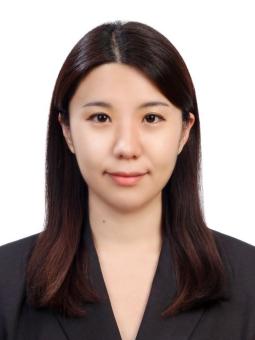
진선민 기자 jsm@kbs.co.kr
진선민 기자의 기사 모음
-
이 기사가 좋으셨다면
-
좋아요
0
-
응원해요
0
-
후속 원해요
0










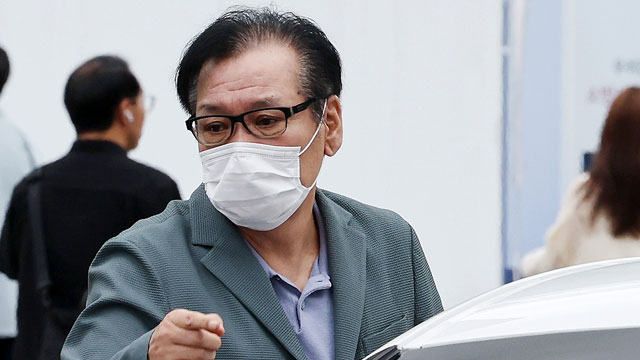
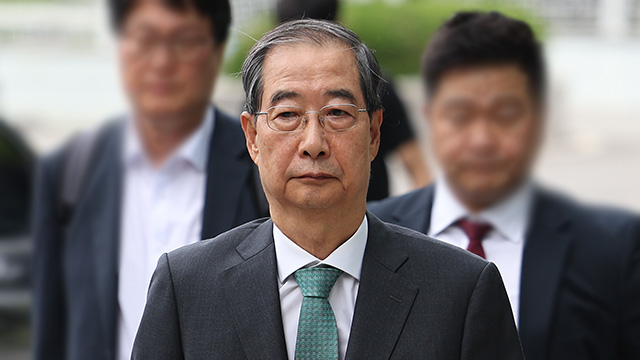
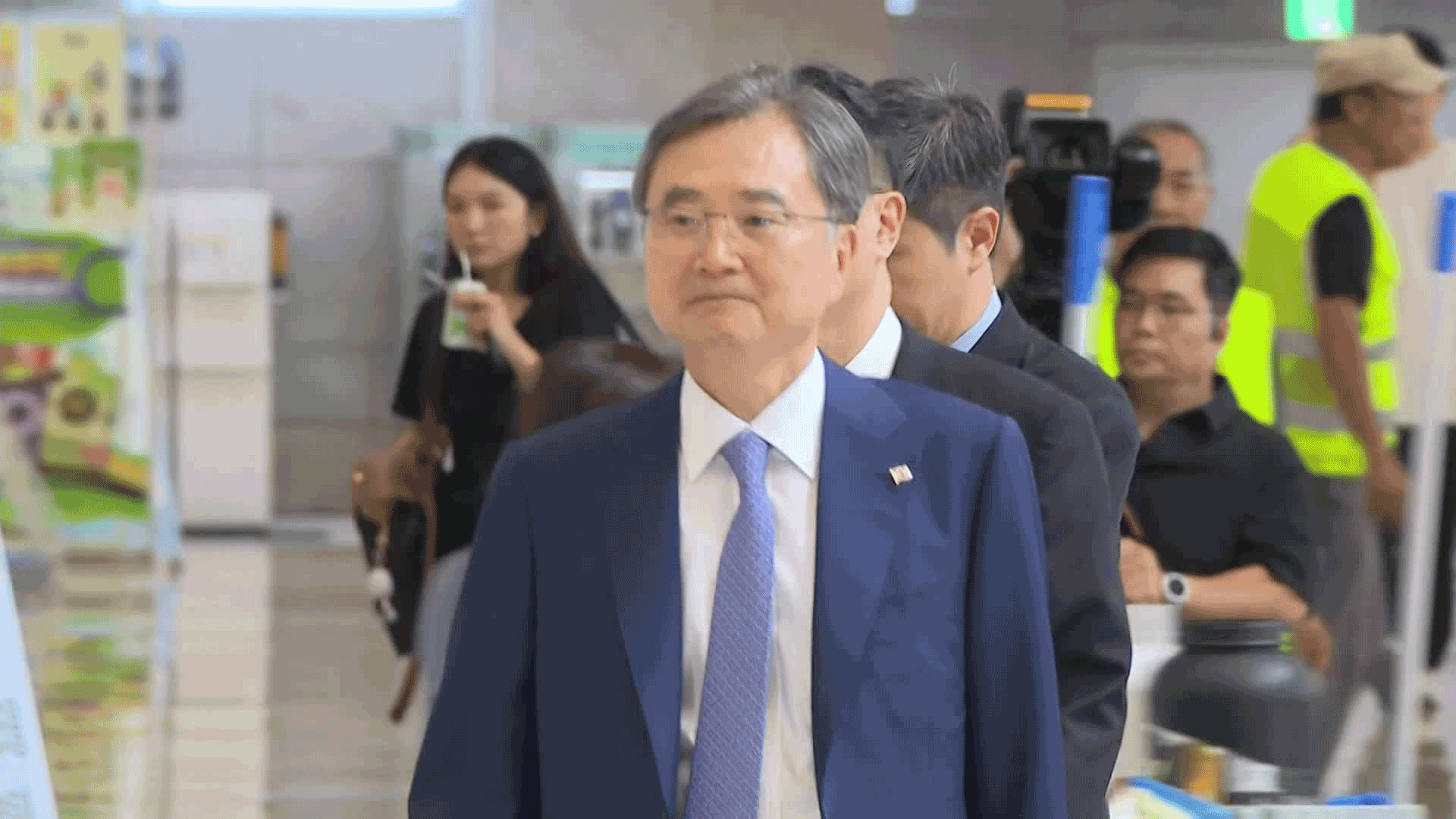
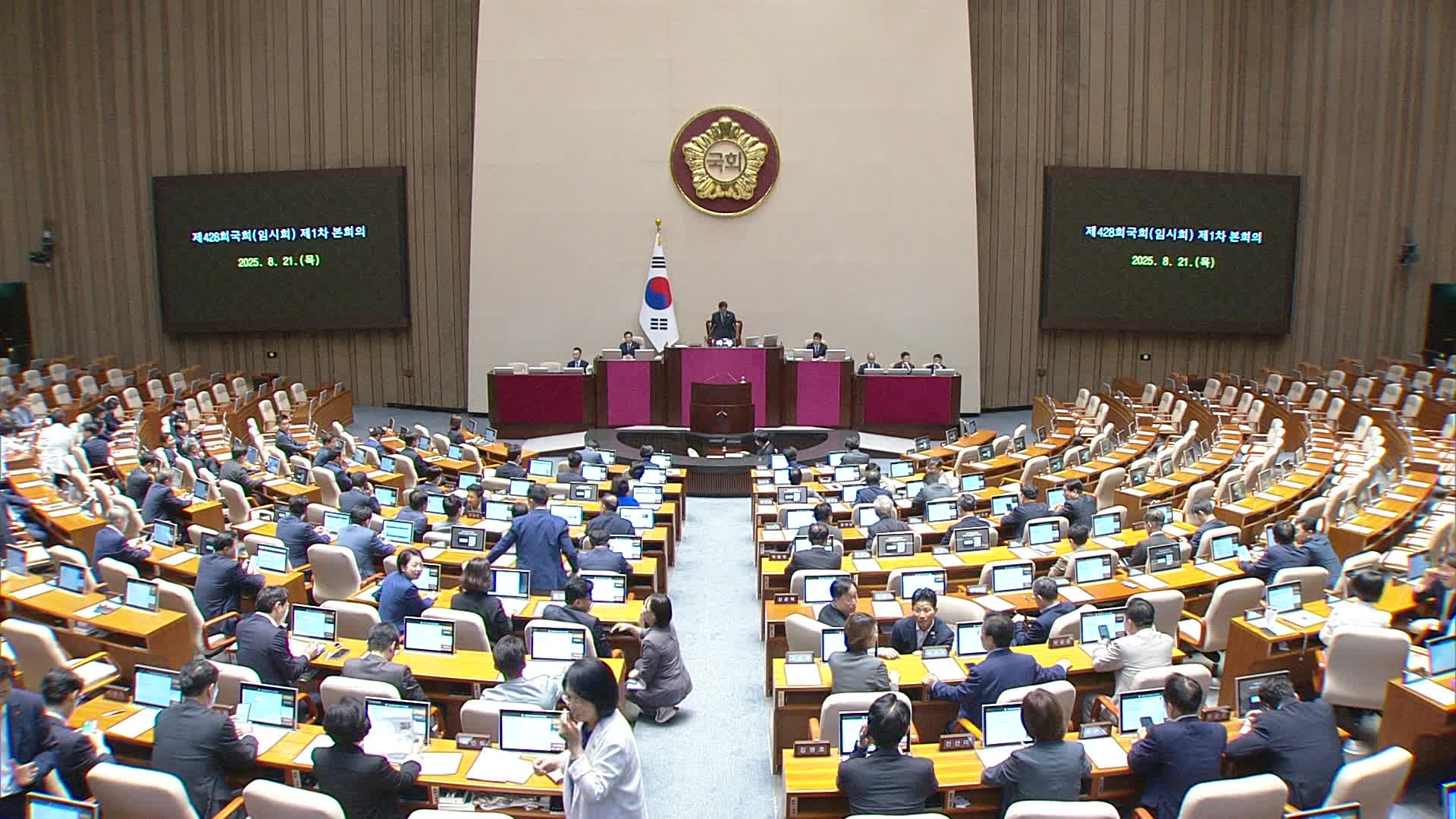

이 기사에 대한 의견을 남겨주세요.